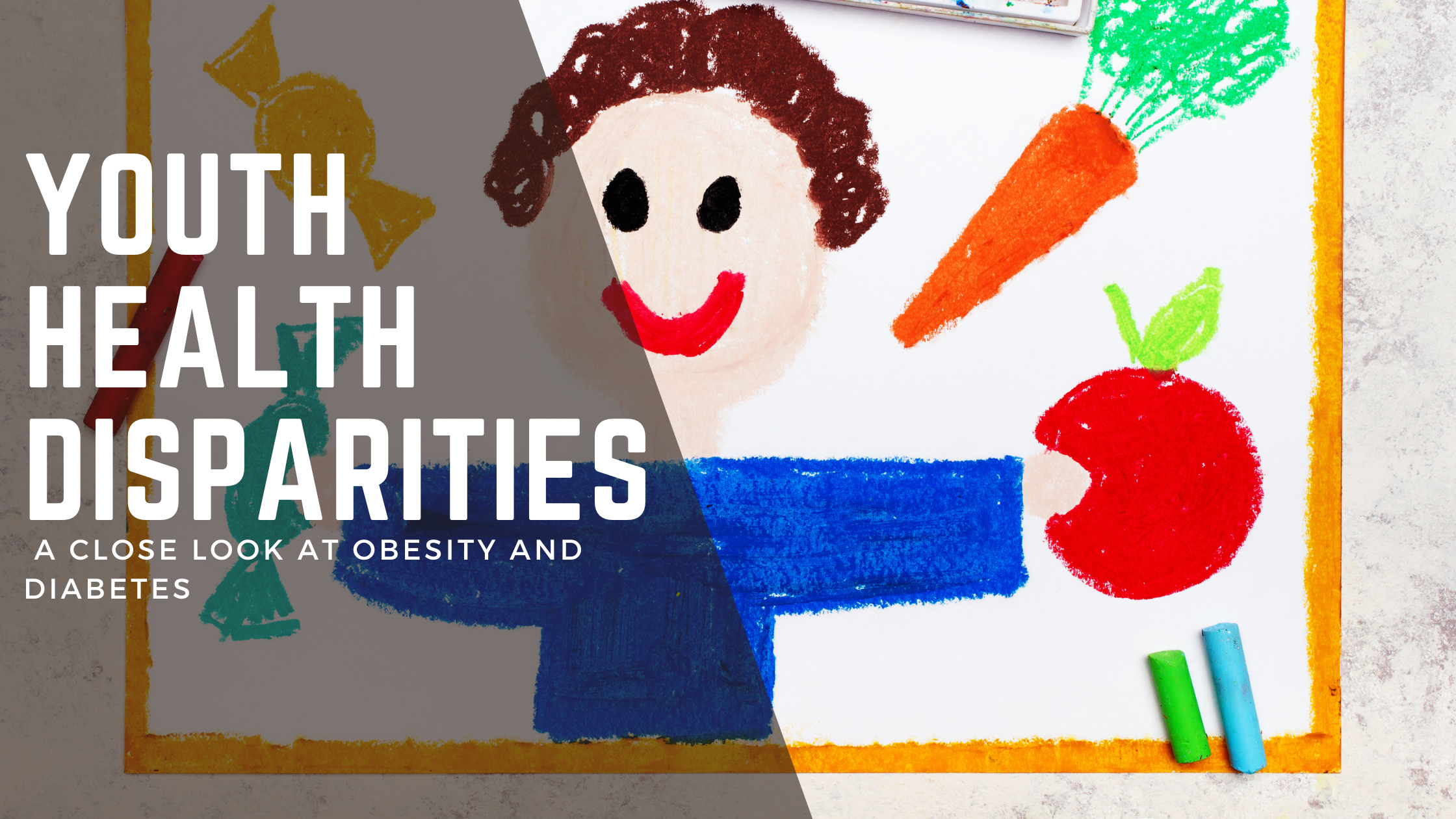In recent years, there has been growing concern about health disparities among youth in the United States, particularly regarding obesity and diabetes. These conditions pose severe threats to the well-being of many young individuals. This blog post will explore national and Imperial Valley, CA-specific statistics related to these issues and underscore the significance of education, diet, exercise, and genetics in preventing these health problems.
Urgent Health Crisis: youth Obesity and Diabetes in the United States
Childhood obesity has become a widespread problem in the United States. According to the CDC, the obesity rate among children and teenagers aged 2-19 was 19.3% in 2017-2018, impacting about 14.4 million young people. This is a significant increase from the 5.5% rate in the mid-1970s. Along with obesity, the incidence of type 2 diabetes in young people has also been rising.
The statistics are alarming, with a 9.3% obesity prevalence among children and adolescents. Approximately 5,000 new cases of type 2 diabetes are diagnosed yearly among individuals under 20. The risk factors include an inadequate diet, insufficient physical activity, and genetic predisposition. These figures represent the health challenges burdening our youth, affecting their physical health, mental well-being, and overall quality of life.
The Picture in Imperial Valley, CA: Higher Risks and Greater Challenges
Imperial Valley, CA, faces significant challenges related to obesity and diabetes among its youth. The region’s obesity rate exceeds the national average, affecting an estimated 25% of young people. Additionally, the incidence of diabetes is notably high, driven by socioeconomic factors, limited access to healthy food options, and inadequate healthcare resources. This situation reflects a broader trend in rural and underserved areas, where health disparities are more pronounced due to limited resources, making it challenging to address these pervasive health issues effectively.
Education, diet, exercise, and genetics are crucial in preventing obesity.
Education: By empowering young minds with knowledge about the importance of healthy living, we can give them the information they need to make better choices. This includes participation in health education to teach kids about nutrition and the benefits of regular exercise, parental involvement in modeling healthy behaviors, and guidance on making nutritious choices.
Diet: Many young individuals need access to nutritious food, particularly in Imperial Valley. Initiatives such as improving school meals and establishing community gardens can increase access to nutritious foods, and education in reading food labels can help children make healthier choices while grocery shopping.
Exercise: Regular physical activity is essential for maintaining a healthy weight and reducing the risk of developing diabetes. Promoting physical activity to ensure children have ample opportunities for exercise throughout the day and establishing community programs that provide safe spaces for physical activity can contribute to a healthier future.
Genetics: Genetics can affect an individual’s susceptibility to obesity and diabetes. Families with a history of these conditions should adopt healthier lifestyles proactively, with regular check-ups and consultations with healthcare providers to manage genetic risks effectively.
Call To Action
The statistics on youth obesity and diabetes in the United States, specifically in Imperial Valley, CA, highlight the urgent need for action. By focusing on education, diet, exercise, and understanding genetics, we can significantly impact the prevention of these conditions and improve the health of our youth. Let’s unite as a community, prioritize the well-being of our young generation, and pave the way for a healthier, brighter future

